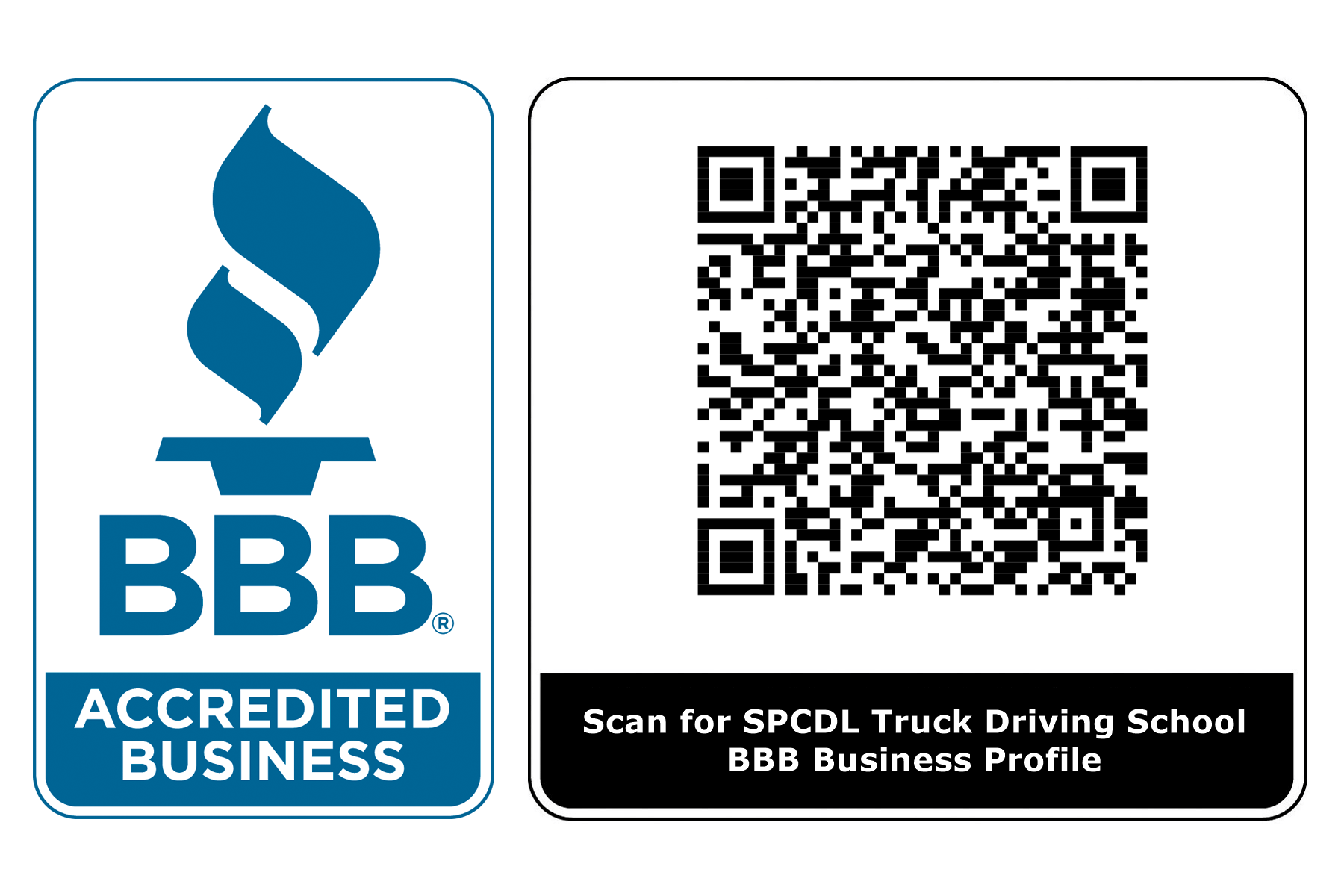Benefits of One-on-One Commercial Driver Training

Unlocking the Benefits of One-on-One CDL Training
Introduction
One-on-one commercial driver training is a specialized form of driving instruction that focuses on teaching commercial drivers the essential skills they need to operate large vehicles safely and efficiently. The use of one-on-one training allows for an instructor to assess each student’s individual needs and provide tailored instruction, enabling drivers to gain mastery in specific areas such as defensive driving, vehicle handling, and safety protocols. With personalized attention from an experienced instructor, students can develop their skills faster than with traditional forms of group learning. Additionally, there are many benefits associated with this type of training; improved highway driving skills, enhanced safety practices while operating large vehicles, better fuel efficiency, and reduced risk of collisions are just some examples. Ultimately, investing in one-on-one commercial driver training provides advantages that will pay off both in the short term and long term for those involved in the field.
Why One-on-One Commercial Driver Training is Essential
In addition to the enhanced skills and safety benefits that one-on-one commercial driver training provides, there are also associated economic advantages. By investing in personalized instruction individual drivers or their companies can save money on fuel costs as well as reduce vehicle maintenance expenses due to improved driving habits. Furthermore, with better quality of operation comes a decrease in downtime due to accidents or other incidents on the road; this translates into more time available for completing deliveries and tasks efficiently – ultimately resulting in an increase in profits.
One-on-one commercial driver training also promotes higher standards among those who operate large vehicles. With individualized instruction tailored to each student’s needs and abilities, drivers can develop a greater understanding of their responsibilities and receive valuable feedback from an experienced instructor. This helps ensure that they meet all regulations applicable to them while operating motor vehicles safely and responsibly – which is essential for both public safety as well as protecting themselves from potential legal risks or damages claims arising from any incident involving their vehicle.
Finally, with professional guidance from an instructor knowledgeable about the industry, students learn best practices that enable them to stay up to date with new laws and regulations governing the transportation sector. Through continued education regarding changes related to technology used when driving (such as GPS navigation systems), environmental considerations (like ecofriendly fuel options) or even just general updates pertaining to traffic rules – one-on-one training ensures drivers are prepared for whatever comes their way out on the open road.
The Basic Elements of the Training
Defensive driving is an essential component of one-on-one commercial driver training. An experienced instructor will teach students how to anticipate hazards, plan for potential problems, and respond appropriately in order to avoid potentially dangerous situations while operating a large vehicle. This includes teaching drivers the proper techniques for scanning their environment, maintaining safe following distances from other vehicles, and using defensive driving tactics such as accelerating or braking when necessary.
Vehicle handling is another important element that instructors focus on during one-on-one commercial driver training sessions. Here, they will provide guidance on how to properly maneuver trucks and other heavy vehicles around tight corners or over uneven terrain while also ensuring that the load remains stable throughout the process. Additionally, instructors can demonstrate proper use of auxiliary controls like trailer brakes as well as provide instruction regarding correct positioning within a lane during travel; these skills are all critical for safely navigating highways and city streets alike with a large vehicle in tow.
Finally, safety protocols are vital components of any form of professional driver training – including one-on-one instruction for those preparing to operate large vehicles commercially. Instructors cover topics such as pre-trip inspections (checking tire pressure/brakes/lights etc.), adhering to posted speed limits and always remaining aware of road conditions; these procedures help ensure drivers maintain control over their vehicle while reducing the risk associated with operating it out on public roads or freeways.
The Benefits of One-on-One Training
In addition to the improved skills and safety benefits that one-on-one commercial driver training provides, there are also economic advantages associated with this type of instruction. By investing in personalized attention for their drivers, companies can save money on fuel costs as well as reduce vehicle maintenance expenses due to improved driving habits. Furthermore, the reduction in downtime resulting from accidents or other incidents can lead to more time available for completing deliveries and tasks efficiently – ultimately resulting in an increase in profits.
Personalized instruction from an experienced instructor allows students to learn and practice specific skills at their own pace; this includes teaching defensive driving techniques such as scanning one’s environment, maintaining proper following distances from other vehicles, and using defensive driving tactics when necessary. Additionally, instructors focus on vehicle handling; demonstrating how to properly maneuver trucks around tight corners or over uneven terrain while ensuring that the load remains stable throughout the process. They will also provide guidance regarding correct positioning within a lane during travel – all critical elements needed for safely navigating highways and city streets alike with a large vehicle in tow.
Finally, safety protocols are vital components of any form of professional driver training – including one-on-one instruction for those preparing to operate large vehicles commercially. Instructors cover topics such as pre-trip inspections (checking tire pressure/brakes/lights etc.), adhering to posted speed limits and remaining aware of road conditions at all times; these procedures help ensure drivers maintain control over their vehicle while reducing potential risks associated with operating it out on public roads or freeways – thus increasing overall public safety along with protecting themselves against legal damage claims arising from any incident involving their vehicle.
Structured Commercial Driver Training
One-on-one training allows our instructors to tailor the curriculum and teaching methods to each student’s learning style and pace. This approach accommodates different skill levels and helps students grasp concepts more effectively. Using individualized training results in faster progress. Personalized attention leads to faster learning and skill development which allows students to advance more quickly in their training, which can result in reduced overall training time and costs. With a one-on-one setting, instructors can provide immediate and specific feedback to students, helping them correct mistakes and improve their driving skills in real-time. This level of feedback is difficult to achieve in group settings.
Individualized training boosts a students’ confidence by allowing them to focus on their strengths while working on their weaknesses. This increased confidence contributes to better decision-making and more comfortable driving experiences. Every student has unique challenges to overcome. One-on-one training enables the experienced instructor to address these challenges directly, whether they are related to specific driving maneuvers, traffic situations, or even personal anxieties about driving. Individual training sessions are more flexible, making it easier for instructors and students to tailor the training sessions to the students’ needs. This flexibility can be a significant advantage for adult learners. Instructors can spend more time on areas where students need extra attention. For instance, if a student struggles with straight line backing, a one-on-one approach allows the instructor to allocate more time to master this skill. With individual training, instructors create a personalized training plan that outlines the student’s progress, areas of improvement, and goals. This roadmap helps both the student and the instructor track progress effectively. Of great importance is that personalized training leads to higher pass rates in driving tests and examinations.
Finally, instructors cover topics regarding understanding & addressing driver fatigue when operating large vehicles professionally; this includes providing tips on how best handle long periods spent behind-the-wheel (such as taking regular breaks) along with providing general advice regarding ways one can stay alert & attentive even after hours have passed since last rest stop etc. Additionally, students receive information pertaining to various state laws surrounding mandatory rest periods.
One-on-one commercial driver training is an invaluable asset for individuals and any business that employs professional drivers. With personalized instruction from experienced instructors, students can learn the essential skills needed to safely operate large vehicles – such as defensive driving techniques and vehicle handling methods – at their own pace while also gaining valuable insight into safety protocols and other related topics. Individuals and businesses that invest in such programs benefit from improved fuel efficiency, reduced downtime due to accidents or other incidents, and overall lower vehicle maintenance costs associated with better driving habits among their staff.
Students who choose to engage in one-on-one commercial driver training to obtain their CDL class A training, Class B CDL training, Class C CDL; and CDL Passenger Endorsement can look forward to increased profits as well as peace of mind knowing they have done all they can do protect both themselves & the public against potential risks out on the open road.



